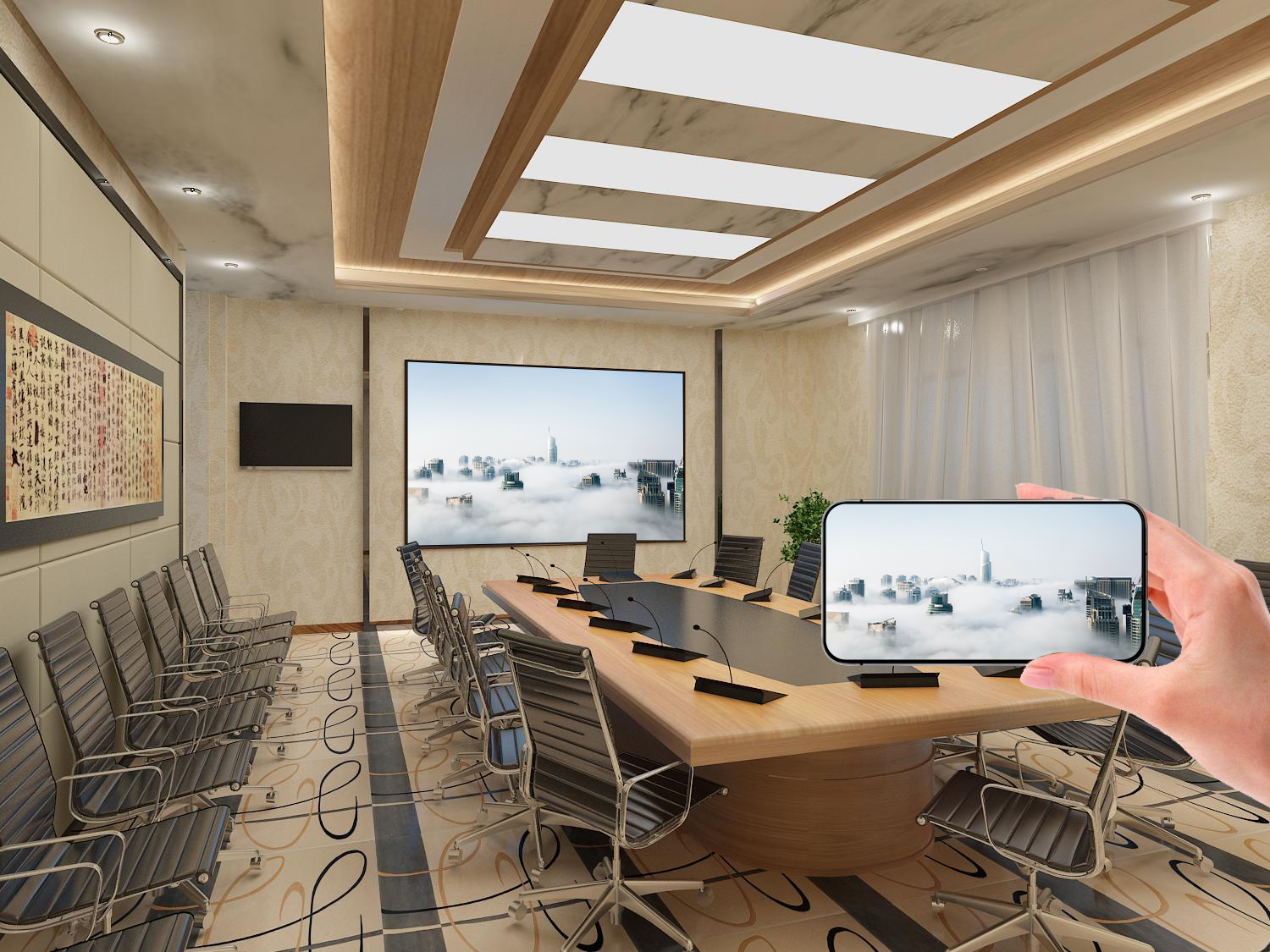Phone Wireless Screen Mirroring to TV Tutorial: Universal Methods for iOS and Android
With the widespread adoption of smart devices, the demand to display high-definition videos and travel photos from phones on large TV screens has become essential. Wireless screen mirroring, with its convenience of requiring no wiring, has become the preferred solution for most people. Whether it’s an iPhone or an Android phone, as long as you master the correct method, you can easily achieve the leap from a small screen to a large screen. This article will provide a detailed tutorial on how to wirelessly mirror your phone to a TV, making it easy for even beginners to get started.
Core Prerequisite: Understanding Screen Mirroring Protocols and Network Requirements
Before you start, understanding two core screen mirroring protocols will help you avoid detours. Android phones and Windows devices commonly use the Miracast protocol, which is a peer-to-peer wireless standard that can connect directly without a router; Apple devices, on the other hand, rely on the exclusive AirPlay protocol, which can only be used between iOS, macOS, and Apple TV and other Apple ecosystem devices. Fortunately, most smart TVs now support both of these mainstream protocols or come with dedicated apps that support screen mirroring.
The core prerequisite for wireless screen mirroring is “devices on the same network” – your phone and TV must be connected to the same Wi-Fi network; this is the basis for ensuring successful screen mirroring. After preparing the network, first enable the screen mirroring function on the TV: use the TV remote control to find options such as “Screen Mirroring,” “Screen Cast,” “Multi-Screen Interaction,” or “AirPlay” in the settings or quick menu (names may vary slightly by brand) and turn it on. At this point, the TV will be in a waiting-to-connect state.
Step-by-Step Operation: iOS and Android Phone Screen Mirroring Process
Next, choose the corresponding operation based on your phone system: Android phone users can pull down the notification bar, find the “Wireless Screen Mirroring,” “Screen Cast,” or “Smart View” button in the quick function area, tap it, and the phone will automatically search for available screen mirroring devices. Selecting the device name of your TV will complete the connection. iPhone users can swipe down from the top-right corner of the screen to open the Control Center, tap the “Screen Mirroring” button with two overlapping rectangle icons, select the target TV from the pop-up device list, and after a short wait, the screen will synchronize.
Troubleshooting: Solutions for Screen Mirroring Failure
If you encounter screen mirroring failure, you can troubleshoot with these steps: First, confirm that your phone and TV are indeed on the same Wi-Fi network; this is the root cause of 90% of problems. If the network is normal, try restarting both devices or turning off Wi-Fi and reconnecting. Some older TVs may not support wireless screen mirroring; in this case, you can use a small wireless screen mirroring dongle. Insert it into the TV’s HDMI port, and then follow the dongle’s instructions to complete the connection. In addition, in video apps like iQiyi and Tencent Video, the playback interface usually has a dedicated “TV” screen mirroring icon. Tapping it can directly push video content. This method is not only smoother but also frees up your phone for other operations.
Mastering how to wirelessly mirror your phone to a TV, whether it’s for the whole family to gather around and share videos of your child’s growth or to enjoy high-definition movies on a large screen, can be easily achieved. Follow the steps above, say goodbye to cable restrictions, and let small-screen content shine with more spectacular effects on the big screen.